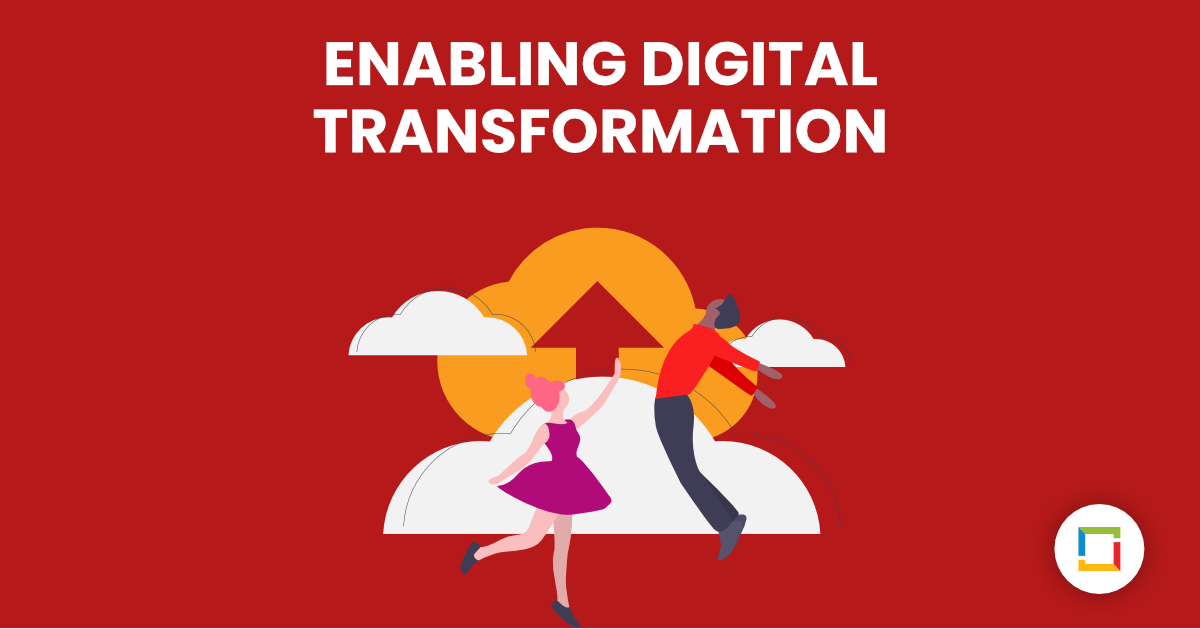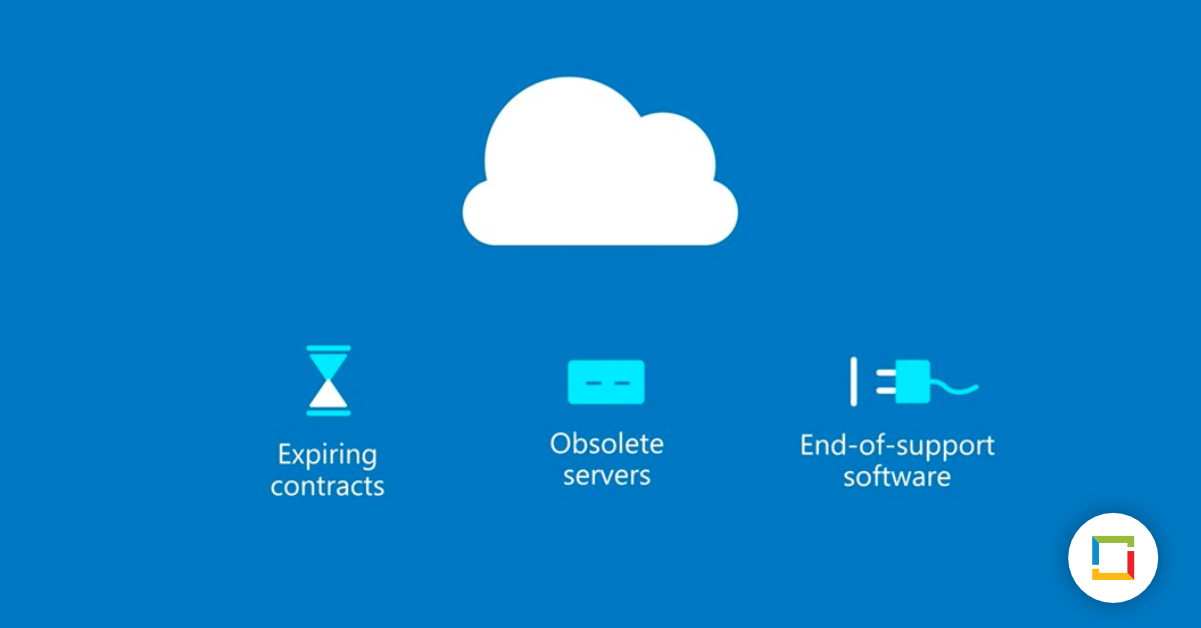There are various reasons why businesses choose to migrate to the cloud.
Some stem from a need to replace IT systems that have reached the end of their useful life; others from a reluctance to spend on a refresh.
These companies’ often complex IT infrastructures can’t keep up with the pace of service demands. That leads to lacklustre service levels for customers, and for mobile workers seeking help with creaky legacy systems and applications that often are fragile, prone to breakdowns, and neither scalable nor flexible enough to take on new service demands.
In some cases, a company lacks the skills required to tend to its legacy systems, creating the risk that it will have trouble keeping them running. And, as technology vendors move their systems to cloud-enabled platforms, enterprises that have the on-premises versions of those applications eventually will find their vendors’ support withdrawn.
Build from the ground up
Other companies embarking on a digital transformation seek a reset; they wish to establish a greenfield on which to build a fresh IT infrastructure for new ventures and innovative business models.
Whatever the reason, a digital transformation will require any enterprise to shift much of its computing infrastructure from its own data centers to those operated by private or public cloud providers.
A cloud-based digital transformation strategy offers great opportunities:
- Reduced costs
- The chance to capitalize on far greater computational resources provided by cloud providers that run data-intensive computing chores
- Replacements for ageing back-office applications
- The flexibility to ramp up or down according to business needs
- The ability to handle the enormous volumes of data coming from Internet of Things-related digital sensors (from machines in the field, products in customers’ hands and places of business)
- Resources to support the use of artificial intelligence and other systems that identify business opportunities, solve operational problems and provide winning digital customer experiences.
The cloud is full of promise.
But while straightforward in theory, the switchover of systems from a company’s data centers to the cloud must be planned carefully. If the planning isn’t sound, it will risk major disruptions to the information systems that the business depends upon every day. Thus, in the absence of considerable forethought, a company’s digital transformation initiatives are likely to falter.
Because a digital transformation is about the future of the business, the planning to support it should hinge on the business’s strategy. not on IT-centric concerns. Executives must focus first on what is relevant to the growth of their business, and how a cloud deployment can support that strategy. Decisions on the technology resources to support that strategy come afterwards. And while it shifts systems to the cloud, the organization must keep a laser focus on those who will experience the systems that the cloud supports—both internal users and customers.
Interested in Migrating to the Cloud?
Click here to speak with a Burhani Cloud Advisor and learn how we can assist you develop, execute and manage a robust cloud transformation strategy aligned to your business goals.


